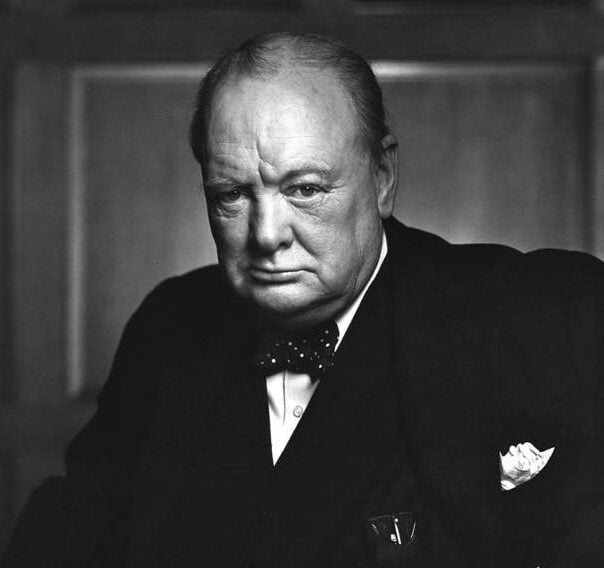
During World War II, Britain faced the daunting task of defeating the Nazi regime, prompting Prime Minister Winston Churchill to establish the Special Operations Executive (SOE), also known as the “Ministry of Ungentlemanly Warfare.” This clandestine organization operated beyond traditional rules of engagement, supporting resistance movements, executing covert operations, and pioneering innovative guerrilla warfare techniques.
Comprised of individuals from diverse military and civilian backgrounds, including scientists and engineers, the SOE developed unconventional tools and weapons for sabotage missions. Despite the seemingly fantastical nature of some operations, their success underscored human ingenuity in wartime.

Formed in 1940 under Churchill’s directive, the SOE aimed to “set Europe ablaze,” merging three existing secret departments and appointing Sir Frank Nelson as its head. One early standout mission, Operation Postmaster, exemplified the organization’s modus operandi.
Another remarkable operation, the St. Nazaire Raid, showcased the SOE’s audacity. Tasked with neutralizing the Normandie dry dock, essential for repairing German warships like the Tirpitz, SOE operatives devised a plan involving the HMS Campbeltown, packed with explosives, ramming the dock’s gates. Despite heavy casualties, the raid succeeded, incapacitating the dock and deterring the Tirpitz from Atlantic operations.
Operation Anthropoid, targeting high-ranking Nazi Reinhard Heydrich, demonstrated the SOE’s partnership with resistance groups. Two Czech agents, Jan Kubiš and Jozef Gabčík, assassinated Heydrich in a daring ambush, albeit at great cost. Their sacrifice underscored the SOE’s commitment to disrupting enemy operations.
Other operations, such as Operation Mincemeat and Operation Bridford, highlighted the SOE’s versatility. Mincemeat employed deception by planting false documents on a deceased Welshman to mislead Axis powers, while Bridford utilized motorboats to smuggle vital supplies from neutral Sweden.
Though shrouded in secrecy for decades, the SOE’s legacy endures, shaping future warfare strategies and highlighting the complexities of wartime espionage and resistance.





